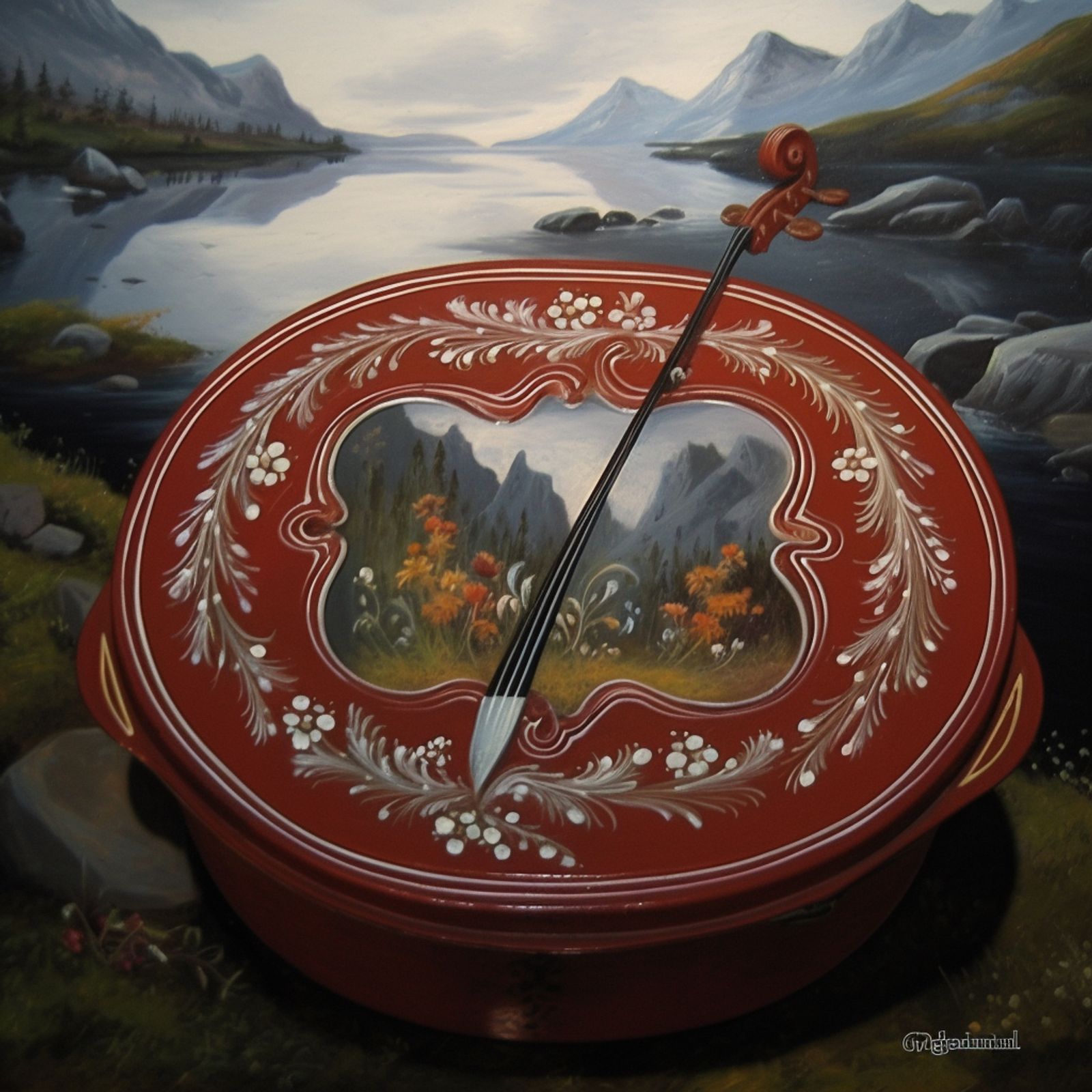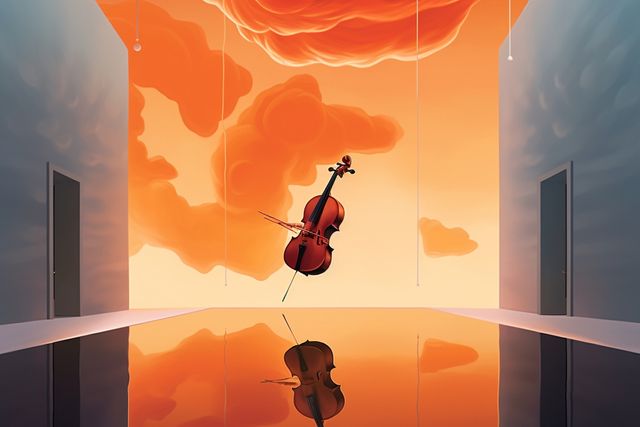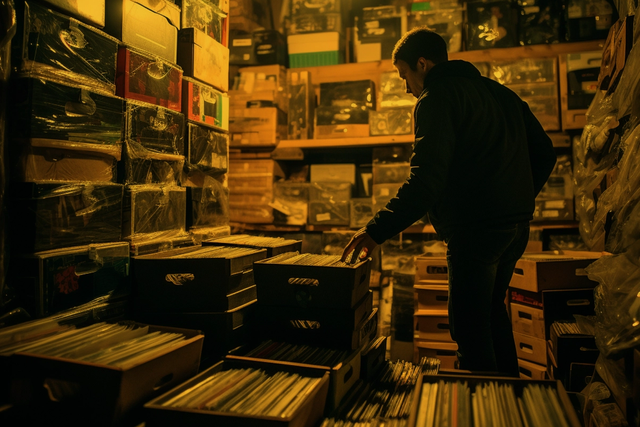Folk Cycles
asamisimasa I neoN I Yiran Zhao I Simone Hooymans I Benedicte Maurseth
Two concerts, two radical interpretations of the idea of folk. Yiran Zhao's new composition gòng · míng / 共 · 鸣 for asamisimasa explores connections between Chinese literature and Norwegian folk music. The Harding fiddle, with its understrings that vibrate in response to the other four, evokes Ancient Chinese rhetorical devices like intertextuality, where meaning emerges from complementary sentences. This dynamic resonance serves as inspiration for Zhao, prompting a heightened focus on the signifying potential of the performers' gestures, which become as significant as the auditory experience.
Ensemble neoN premieres Benedicte Maurseth’s Always and never the same, featuring the composer on the Harding fiddle. The piece explores the way both folk music and contemporary minimalism evolve by the use of repetitions with constant variations. Live digital animations by Simone Hooymans, inspired by Norwegian nature and the traditional rosemaling (decorative rose-painting), flow in the background.
Programme
14.00–14.50
Yiran Zhao: gòng · míng / 共 · 鸣 (2023, WP)
15.30–16.15
Benedicte Maurseth: Always and never the same (2023, WP)
ultimAdvisor
Rosin2000
●●●●●○
Folk repetitions
Benedicte Maurseth has managed to find her own individual twists on the cycles and patterns of folk music. There are many artists exploring the possibilities of using the Hardanger fiddle in modern music, but Always, and never the same describes the mutating process of folk around a constant theme. My kids also loved the junior version of the piece showed at Deichman Bjørvika a week later!
Vidda
●●●●●○
Important ensembles
Whenever you hear someone saying they are rewriting old traditions, it’s easy to be cynical and say: doesn’t everyone? But as an old veteran concertgoer who thought she had seen it all, I was surprised and impressed by what I heard and saw here. These ensembles seem so committed to bringing radical new music to Norwegian audiences! Zhao’s piece was well matched with asamisimasa's continuous exploration of their instruments and extended technique. neoN are always reinventing their musical language, working with artists as different as Susanna Wallumrød, Otomo Yoshihide, and Jan St. Werner. And here they blended perfectly with Maurseth’s fresh folk visions.
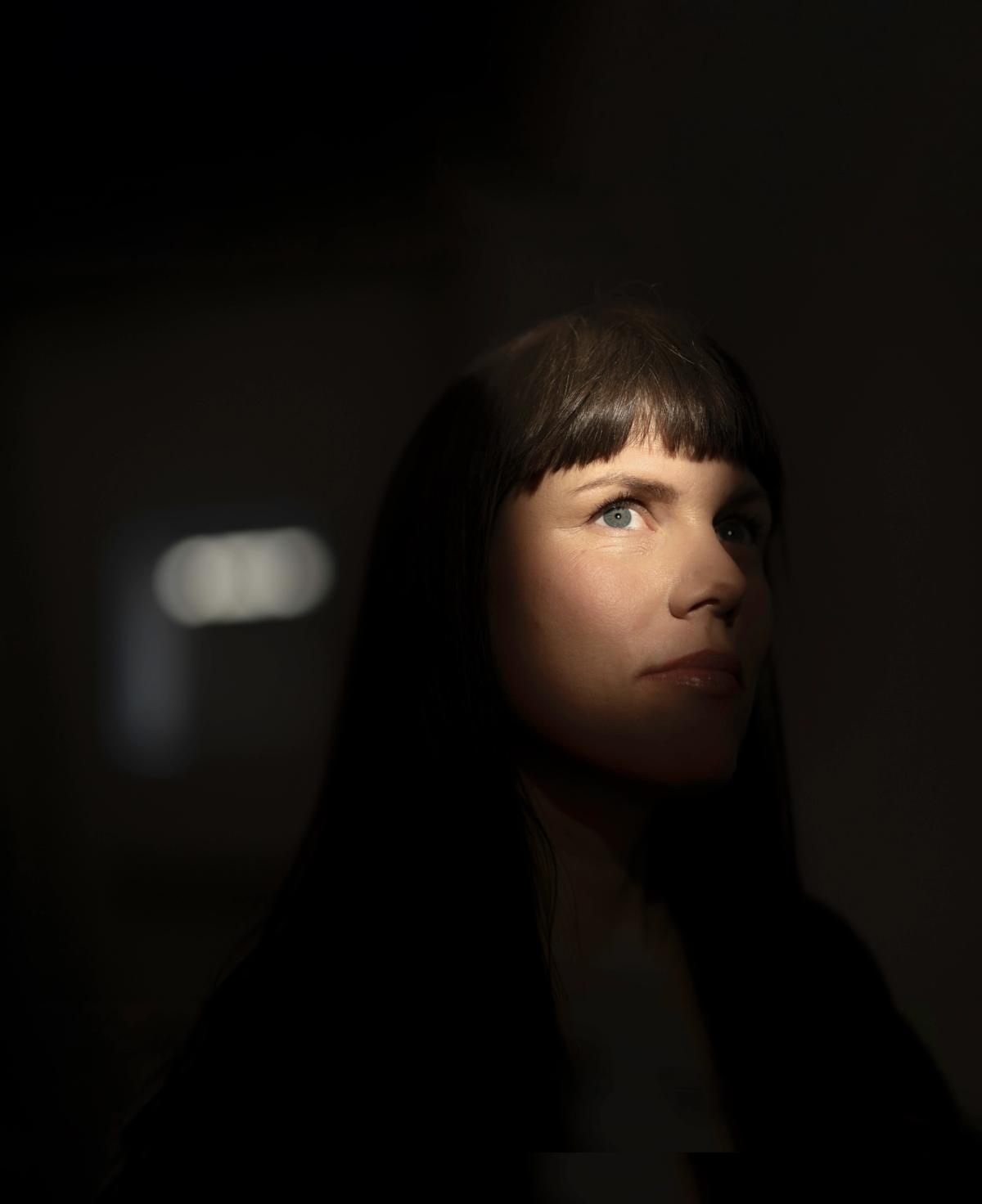
Benedicte Maurseth I Photo: Pål Laukli
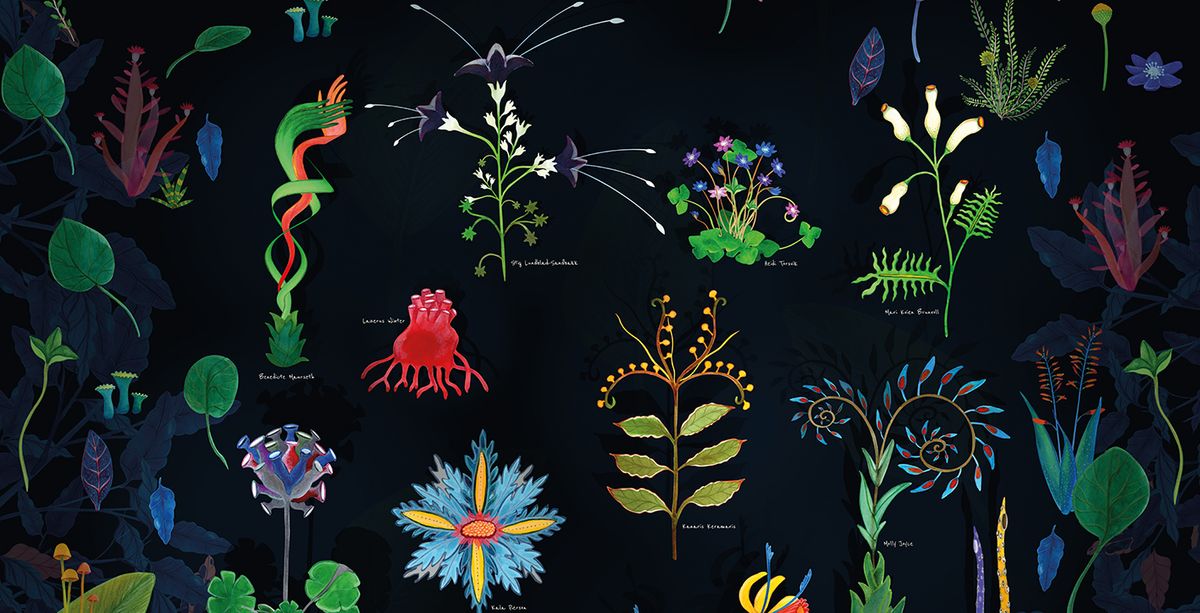
Image from Simone Hooymans video Talking Plants
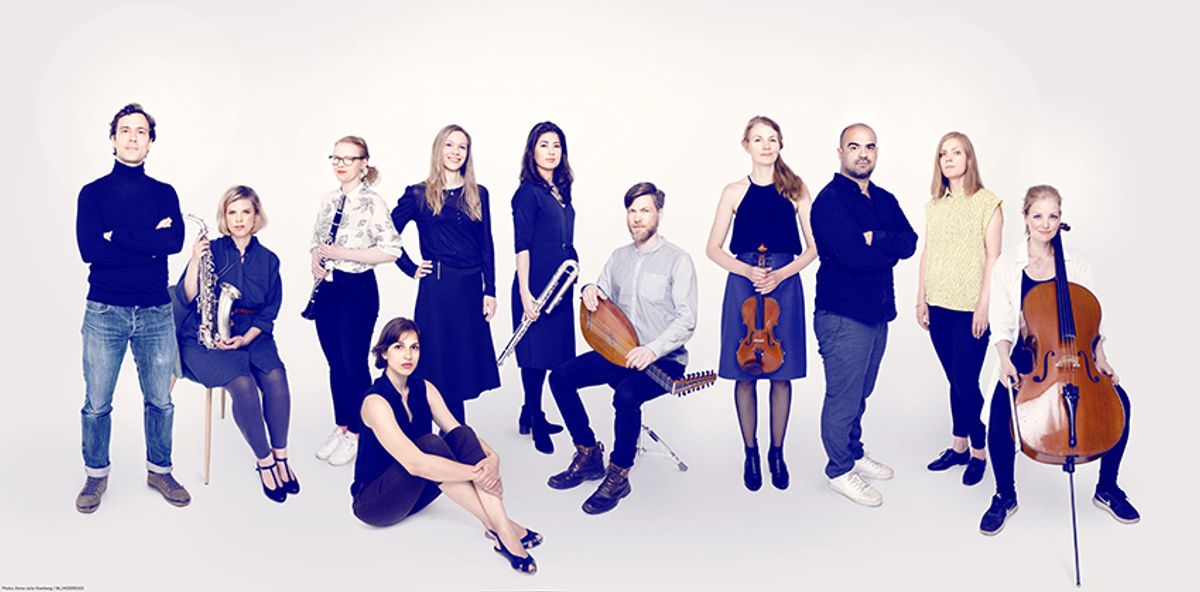
Ensemble neoN I Photo: Anna-Julia Granberg / Blunderbuss
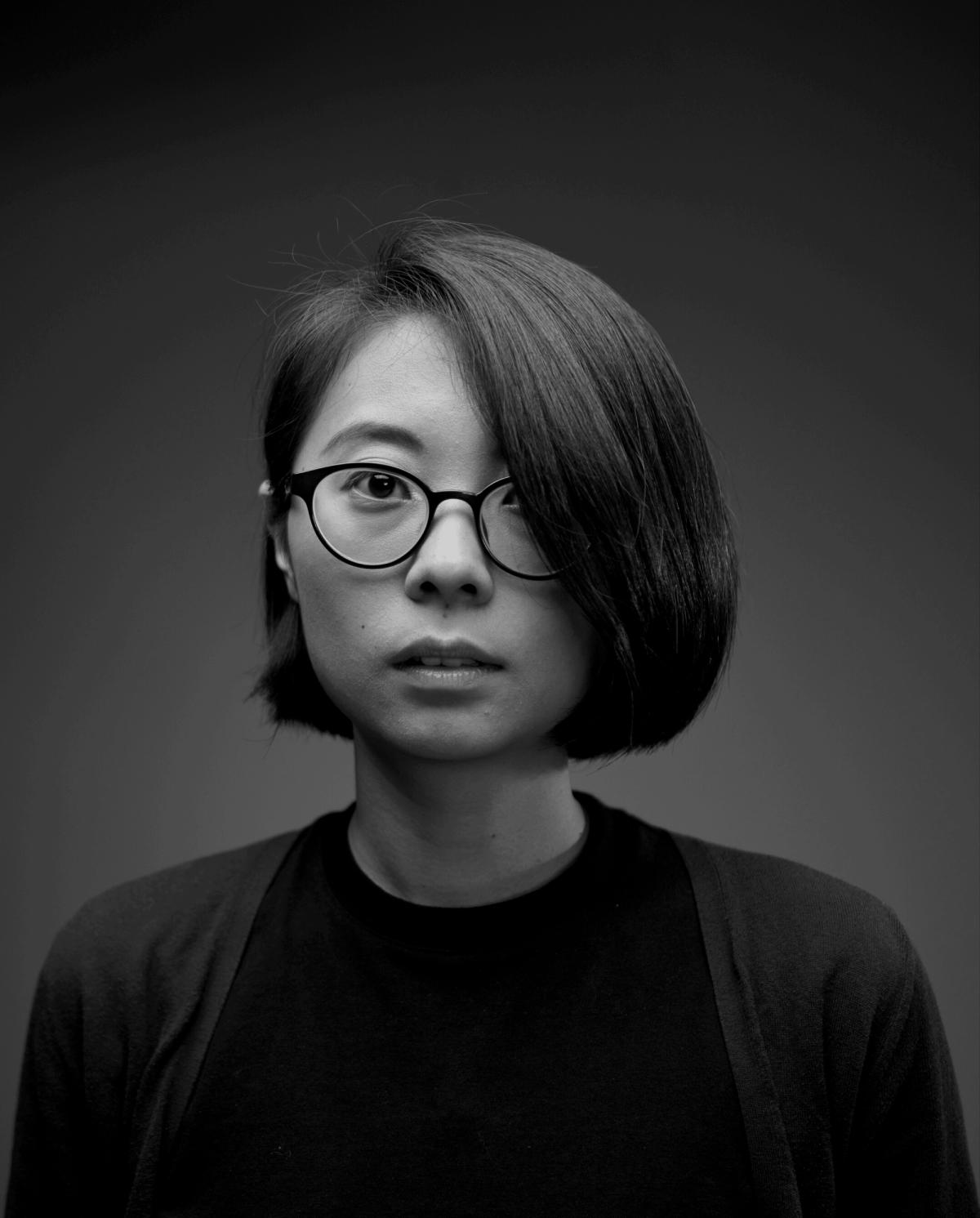
Yiran Zhao I Photo: Lukas Jakob Löcke
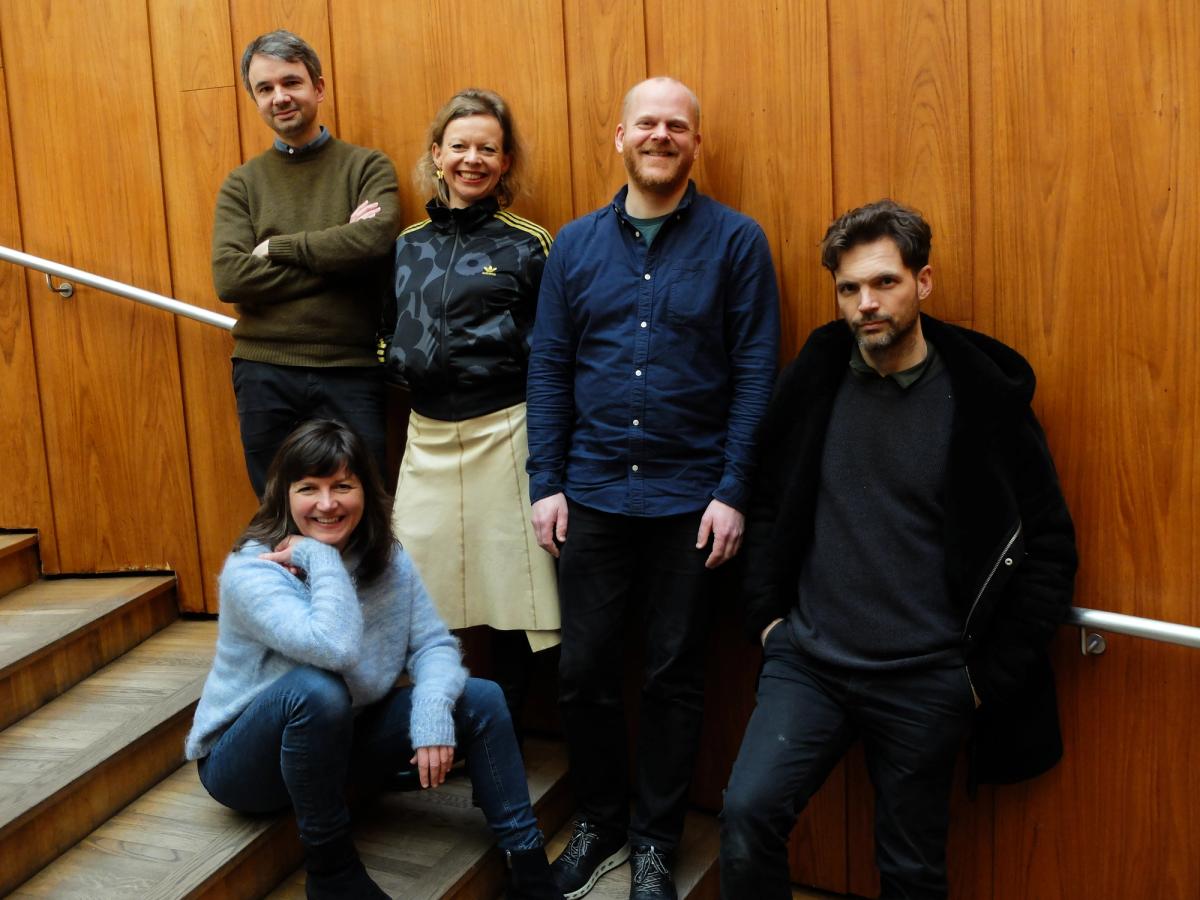
asamisimasa
Performers
- asamisimasa
- Ensemble neoN
- Benedicte Maurseth
VJ and digital animation
- Simone Hooymans
Composer
- Benedicte Maurseth
- Yiran Zhao
In collaboration with
- Henie Onstad Kunstsenter
Supported by
- Det norske komponistfond
- Kulturrådet
